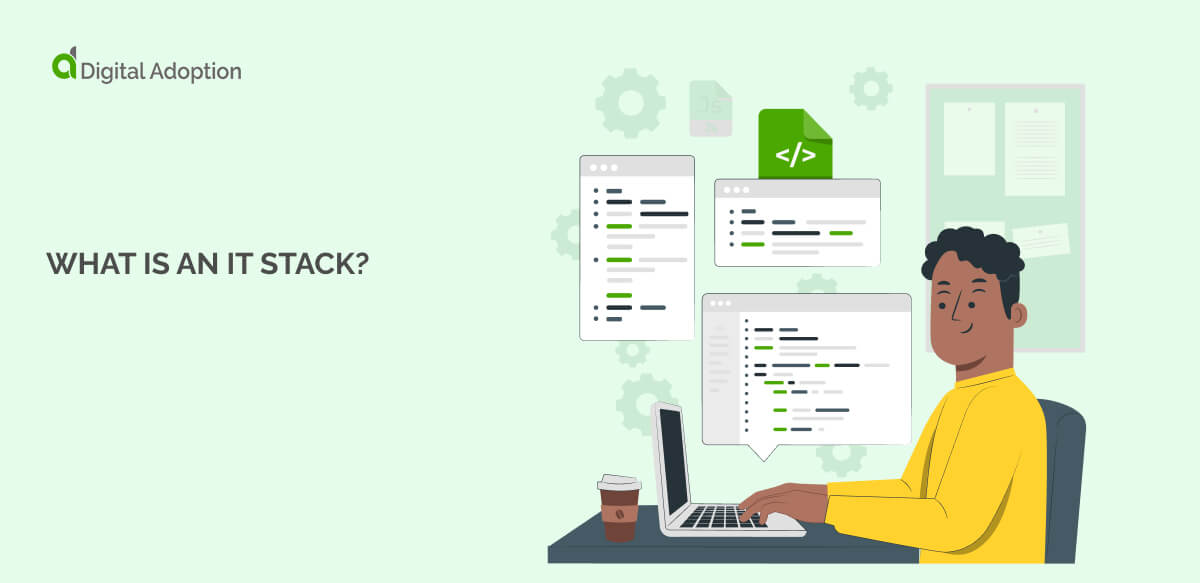What is an IT stack?
An IT stack is a group of tools and technologies used to create and manage computer systems and applications. As a fundamental part of enterprise technology, it is organized into layers, with each layer having a specific role.
The hardware layer is the physical equipment, like computers, servers, or storage devices. These components provide the foundation for running enterprise applications and other software systems. The operating system layer manages the hardware and provides the base for running software.
Programming languages and frameworks form another layer, allowing developers to write and run code. Databases store and manage information, making it available for applications to use.
Middleware acts as a bridge between different software layers, enabling software integration and helping them communicate effectively. The application layer is the top layer and includes programs or websites that users interact with.
Each layer in the stack depends on the others to ensure smooth system performance.

